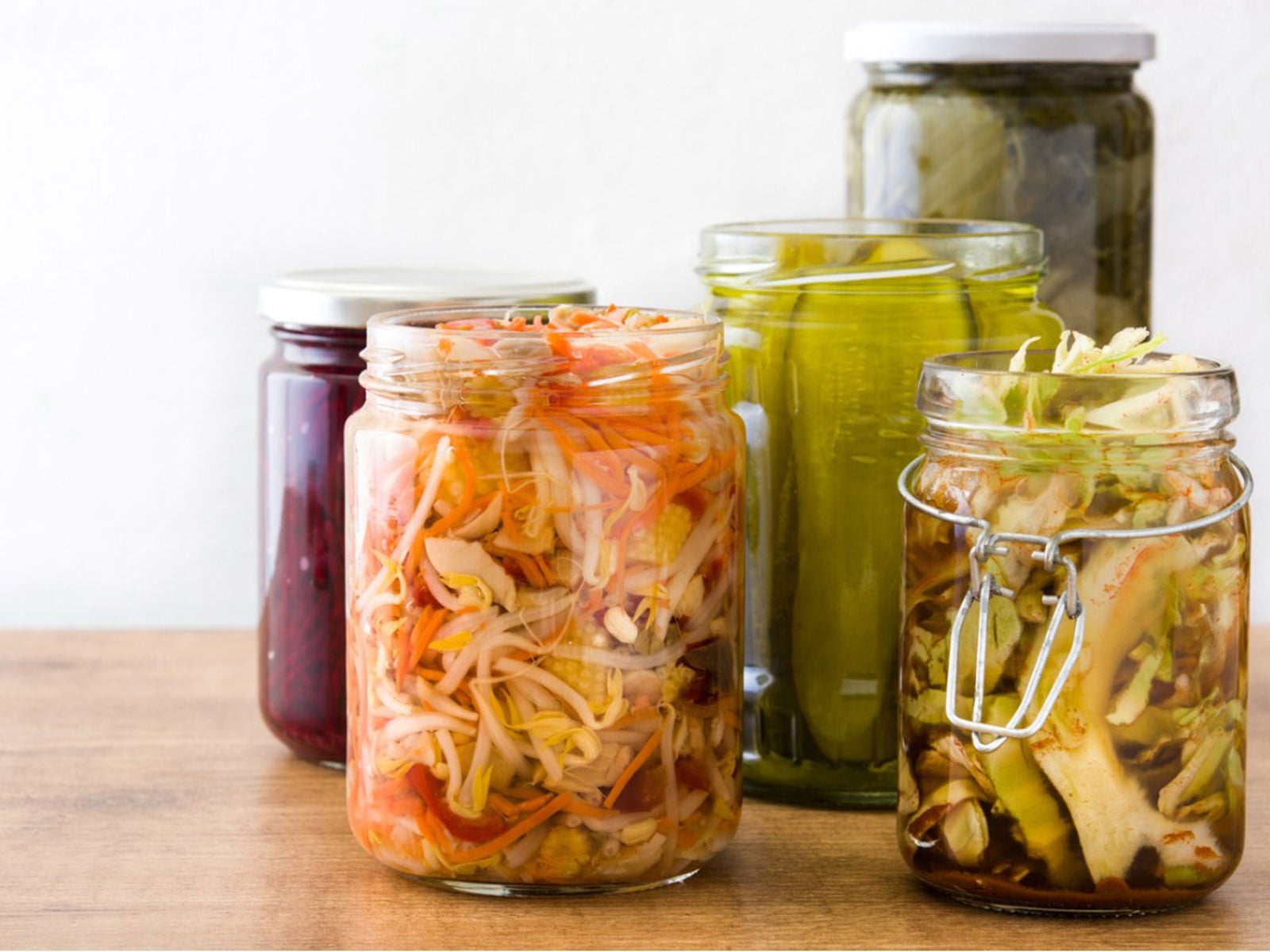Can You Ferment Produce At Home: Fermenting Vegetables From The Garden


Humans have been fermenting foods for thousands of years. It is one of the easiest methods of preserving harvests. Recently, fermenting vegetables and other foods have found a new market due to the health benefits. Vegetable fermentation produces foods that taste different from the original crop but are often better. Learn how to ferment veggies and gain the benefits of new flavors as well as foods that support gut health.
Why Ferment Produce?
Ancient Chinese began to ferment produce as early as 7,000-6,600 B.C. This ancient practice converts sugars or carbohydrates to acids or even alcohol. This creates a food that can safely be preserved for a lengthy period of time, while also introducing different flavors and textures than the raw food contained.
The fermenting process is a chemical one which releases powerful probiotics. These are crucial to keeping your tummy happy and healthy. They are especially useful to those that have been on a long course of antibiotics, which can destroy the flora in the stomach. Good gut bacteria are crucial to a healthy overall immune system. Fermenting also often increases levels of the vitamins B and K12, as well as useful enzymes.
Eating fermented foods with other foods can increase the digestibility of those foods. This is useful if you have a delicate stomach that seems intolerant of certain foods. Additionally, the process is easy and safe when done properly, and can translate to many different veggies.
How to Ferment Veggies
Fermenting vegetables goes beyond sauerkraut, a familiar food to most. Almost any vegetable tastes and preserves wonderfully with fermentation.
Vegetable fermentation is not complex but does require you to adhere to a few basic rules. The first important item is water. Municipal water systems often contain chlorine, which will slow down the fermentation process, so use distilled or filtered water.
The other two important ingredients are the correct temperature and amount of salt. Most foods require temperatures between 68 and 75 degrees F. (20-29 C.). Large vegetables and those not cut need a brine solution of five percent, while shredded veggies can make do with a solution of just three percent.
Sign up for the Gardening Know How newsletter today and receive a free copy of our e-book "How to Grow Delicious Tomatoes".
The lower concentration needs two tablespoons salt for every quart of water, and the higher is three tablespoons with the same amount of water.
Getting Started Fermenting Veggies
Clean canning jars are useful. Do not use any type of metal which will react to the acids and discolor the food.
Wash your produce and process it to the size you require. Smaller pieces or shredded vegetables will ferment faster.
Make your brine and measure out the salt carefully. Add any spices such as whole peppercorns, cloves, cumin seed, etc.
Place veggies in jars and fill with seasonings and brine to submerge. Cover with loose lids or cloth to allow for the escape of gasses.
Store jars in low light at room temperature for four days up to two weeks. The longer the process the more intense the flavor. When you have achieved the flavor you want, refrigerate and store for several months.

Bonnie Grant is a professional landscaper with a Certification in Urban Gardening. She has been gardening and writing for 15 years. A former professional chef, she has a passion for edible landscaping.